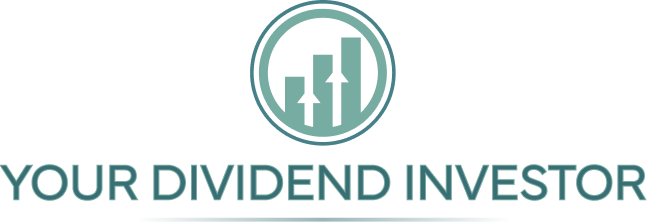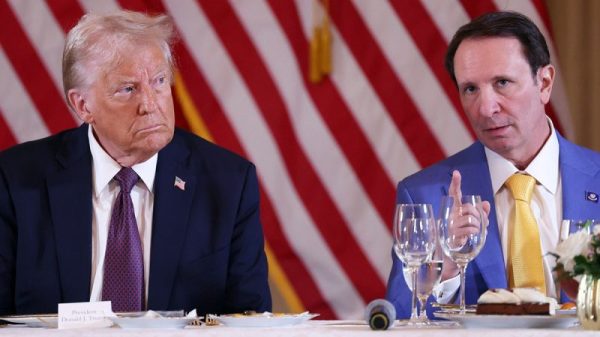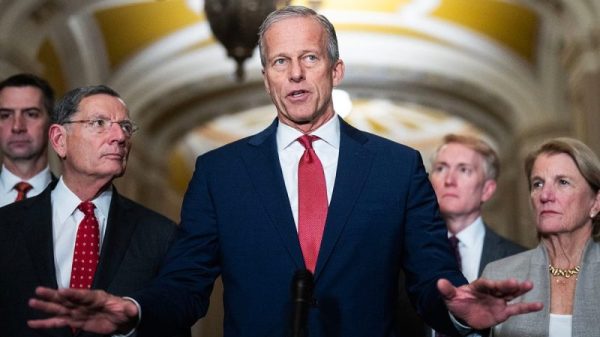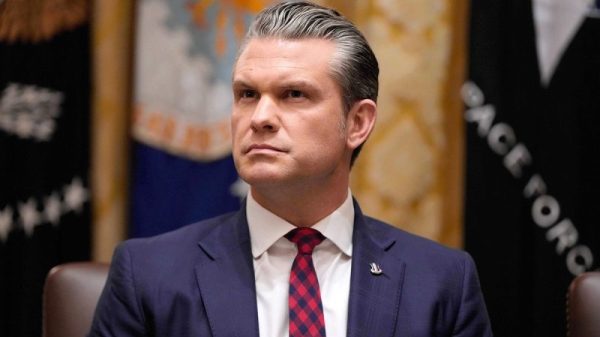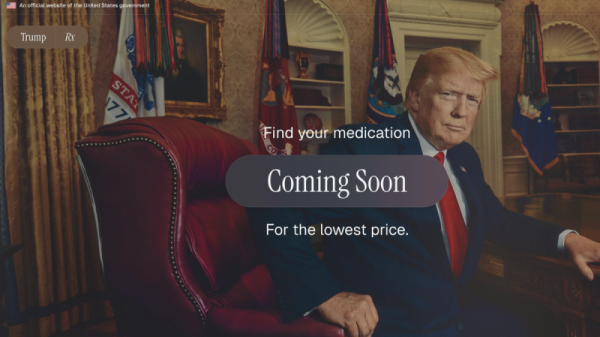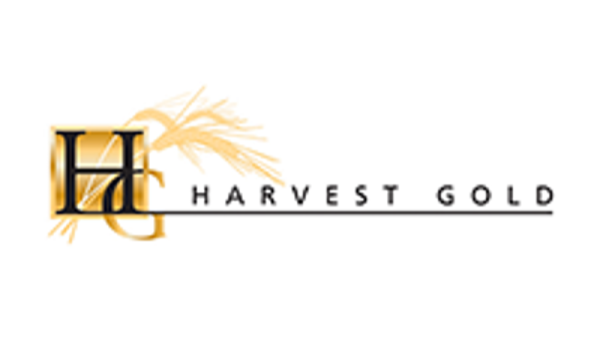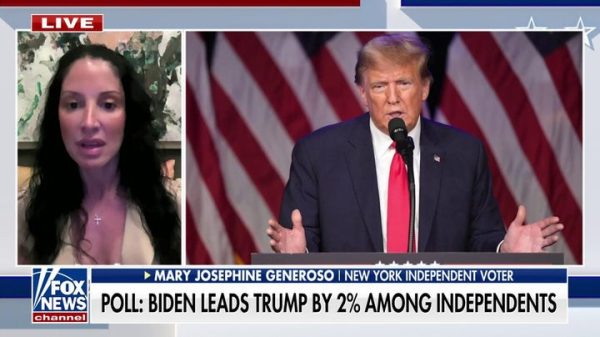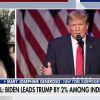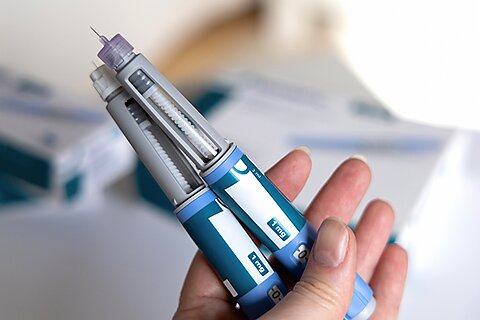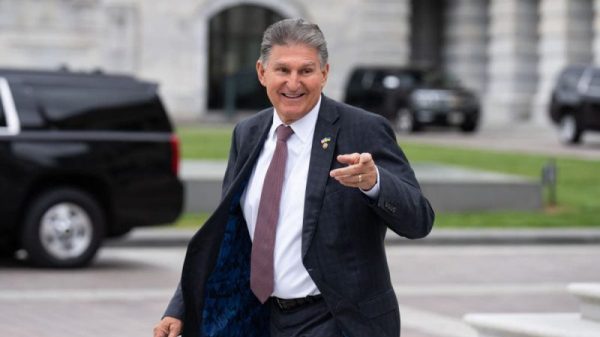School choice reforms are spreading across the nation. Governments in 33 states are now providing financial support for private schooling through 80 different programs, as shown in this figure from EdChoice. About one million students are benefiting from these reforms.
Cato’s Neal McCluskey has been particularly supportive of reforms based on education savings accounts (ESAs). A number of states have now made eligibility for their ESAs universal or near universal. Recent reports in Arizona and Iowa illustrate the cost savings possible compared to traditional public schools. Glenn Farley of the Common Sense Institute reports on Arizona’s Empowerment Scholarship Accounts, and Martin Lueken of EdChoice reports on Iowa’s ESAs.
Here are my thoughts based on their analyses.
Spending on choice programs represents a small share of overall school spending even in leading reform states. Arizona’s ESA program enrolled 77,571 students this year at a cost of $759 million, which is about 5 percent of public school spending in the state. Iowa’s ESA program enrolled 16,757 students, costing $124.2 million, which was less than 2 percent of public school spending in the state.
As choice programs grow, states should reduce funding for public schools that have declining pupil counts. Taxpayers should enjoy savings because the average per‐pupil costs of choice programs are substantially less than the costs of public schools.
In Arizona, the average per‐pupil ESA funding is $9,785, but if the type of student in the ESA program was the same as the average student in public schools, it would be $7,111. That figure compares to $13,541 for average public school costs in the state, as shown in Farley’s figure “Differences in Per‐Pupil Funding.”
In Iowa, the average per pupil ESA funding is $7,413, which compares to $15,283 for the average public school costs in the state, as shown in Lueken’s figure “Comparing the Cost of Iowa’s ESA Program to Iowa Public School Costs.”
Will ESAs reduce the overall costs of K–12 education? Yes, but we need to consider that some ESA pupils had been in private schools paid for privately, although most are switchers from public schools. We also need to consider that some public school costs are fixed in the near term, although they can be cut in the longer term as public school enrollment falls. Lueken examined these factors for Iowa and estimated that the 2023–2024 cohort of 16,757 ESA students will save taxpayers a net $55 million a year. As the share of Iowa students using ESAs rises, the taxpayer savings will increase.
The main goal of school choice reforms is to improve education quality through competition and innovation. McCluskey further argues that choice programs allow support for education to be structured in a way that treats families with differing values and needs equally. But with the nation’s total public spending on K–12 about $900 billion a year, the cost savings from school choice are another major advantage.
Read more of McCluskey’s work on school choice: “A Bright Spot for Sure: Educational Freedom in 2023,” “School Choice Arguments For and Against,” and “Survey: 46 Percent of Private Schools See Enrollment Rise.”
